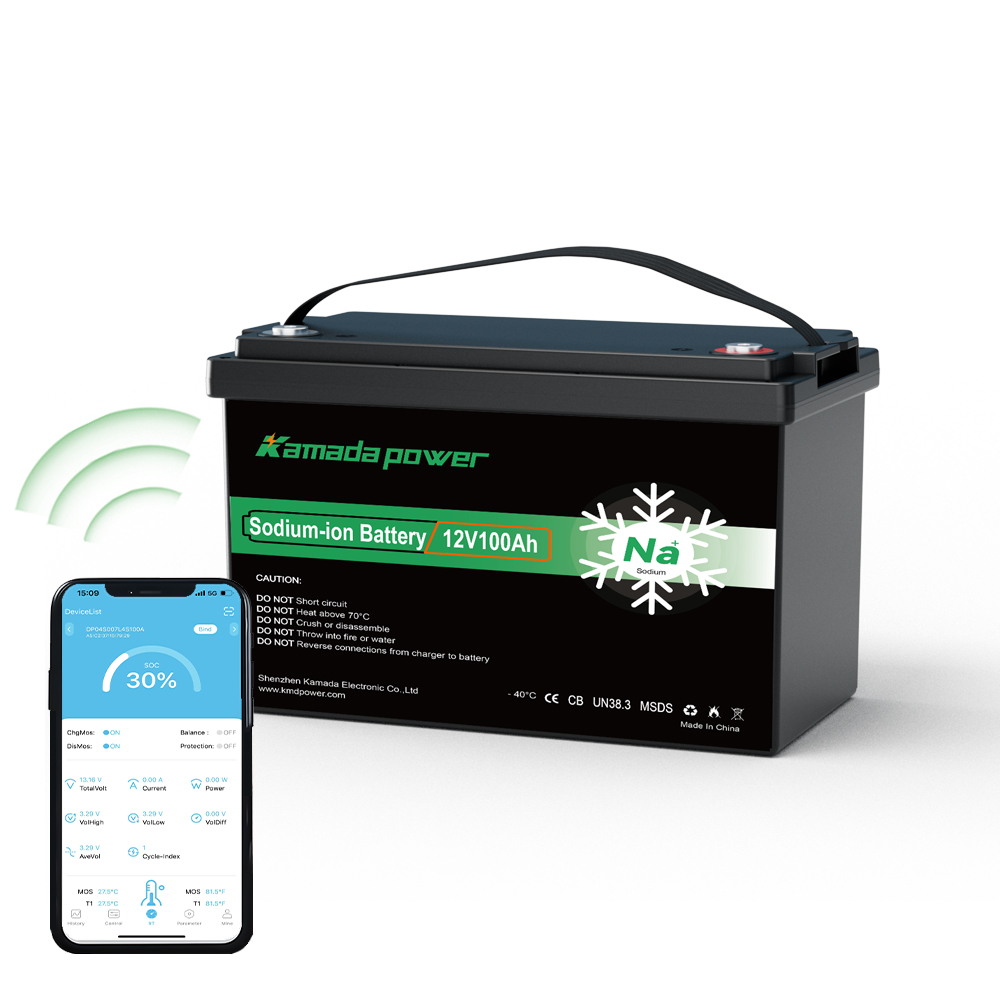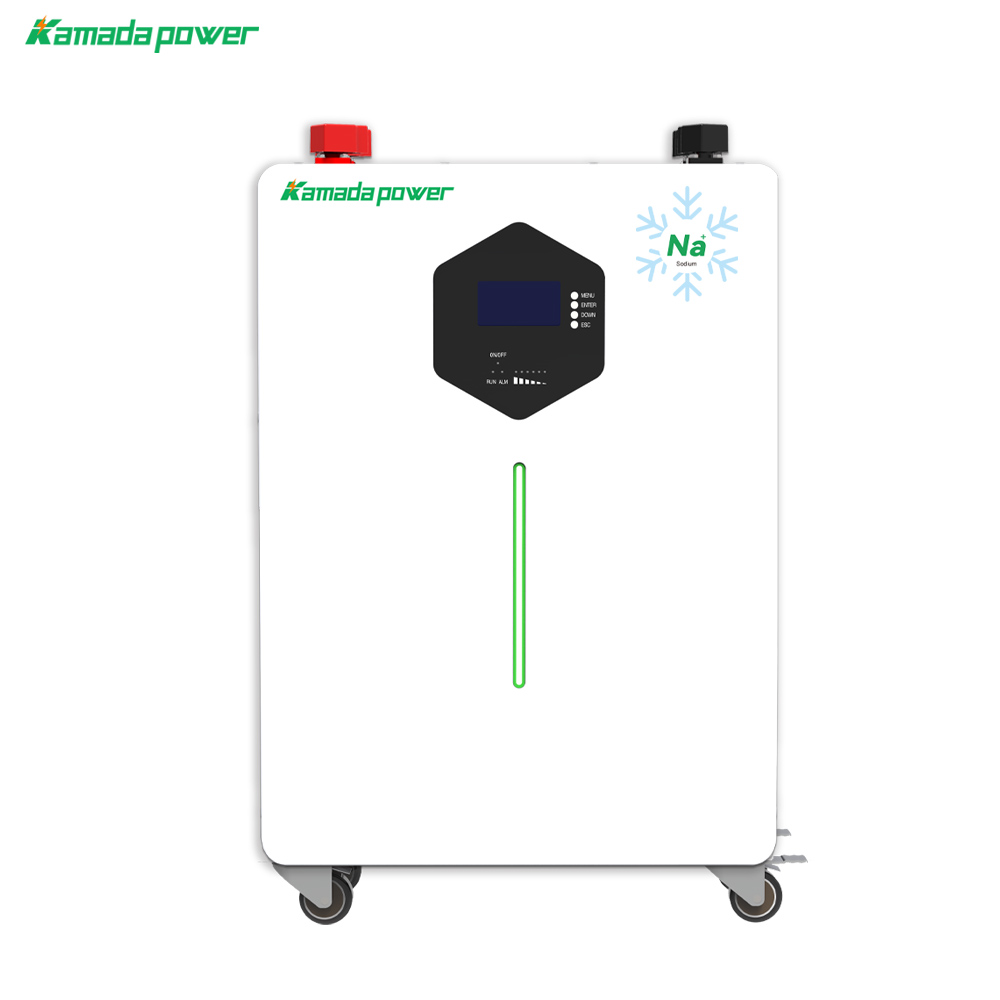The Ultimate Power Solution for South American Off-Grid Resorts. If you run a luxury resort off the grid, you know that reliable power is everything. A flickering light or a dead Wi-Fi signal can ruin a five-star guest experience in a second. For a long time, diesel generators were the only answer, but they come with a heavy price: the noise, the pollution, and fuel costs that are impossible to predict. It’s a constant battle against the very sense of peace you’re trying to sell.
Solar power with lithium-ion batteries was a good step forward. But in the varied climates of South America, from freezing mountains to humid jungles, they have their weaknesses. Now, a different kind of battery—sodium-ion battery—is emerging as a tougher, more practical solution that feels like it was built for this exact job.

kamada power 12v 100ah sodium ion battery

kamada power 10kwh home sodium ion battery
What Are the Real Costs of Off-Grid Power for Resorts?
The headaches of off-grid power go way beyond just keeping the lights on. An unstable grid causes problems across your entire operation. Guests get annoyed when their connection drops, and the kitchen can grind to a halt right in the middle of dinner service.
But the real pain is in the budget. The cost of diesel is just the start. When you add the logistics of getting fuel to a remote property and the constant need for maintenance, it becomes a massive, unpredictable line item. It makes planning impossible. On top of all that, a noisy generator actively undermines your brand’s eco-friendly promise. You’re forced to choose between reliable operations and the sustainable identity you’ve worked to build.
Sodium-Ion (Na-ion) Batteries: A Superior Alternative
Sodium-ion (Na-ion) batteries are a refreshingly straightforward and durable answer to this problem. The chemistry is similar to lithium-ion, but it runs on sodium—one of the most common and cheapest materials on Earth, sourced from salt.
So, what was the holdup? For a while, the performance wasn’t quite there. That’s not true anymore. Recent breakthroughs have made Na-ion batteries a serious commercial player. For stationary storage at a place like a resort, they are often the best choice. Here are the key reasons:
Unmatched Safety and Stability
Let’s start with the big one: safety. Sodium-ion cells are far less prone to thermal runaway compared with some other chemistries. Their stable design makes them much harder to ignite, even under stress. For any resort, especially one built with a lot of wood in a remote area, that’s a huge deal for peace of mind and insurance. This is now backed by serious certifications, including the UL 1973:2022 safety standard and the first global IEC certificates for Na-ion cells.
Wide Temperature Resilience: A Game-Changer
This is where Na-ion completely changes the game. These batteries work well across a wide temperature range, from deep cold to high heat, without needing bulky heating or cooling systems. That’s a perfect fit for South America. While even good LiFePO4 batteries start to lose power in the cold, Na-ion keeps going strong, often holding on to over 85–90% of its capacity at -20°C. Resorts in the Andes or the Amazon can rely on the same system without expensive HVAC add-ons.
Cost-Effectiveness & Supply Chain Stability
Lithium prices can go on a rollercoaster. Sodium, on the other hand, is cheap and found everywhere. That means far more stable pricing and a supply chain you don’t have to worry about. It makes long-term financial planning a whole lot easier.
Truly Eco-Friendly
The environmental footprint for sourcing sodium is generally smaller than for lithium or cobalt. Sodium is abundant, accessible, and avoids many of the social and ecological issues tied to cobalt mining. This gives you an authentic sustainability story that goes much deeper than just marketing.
Exceptional Durability and Longevity
These systems are built for hard, daily work. Today’s commercial Na-ion packs are rated for 3,000 to 5,000 deep charge cycles while maintaining about 80% of their original capacity. The next generation is already pushing toward 10,000. For a resort, that means you can expect a reliable workhorse for 10 to 15 years.
Why is Sodium-Ion Battery the Perfect Match for South American Resorts?
When you put these pieces together, it’s obvious why sodium-ion is such a good fit for a remote resort. A solar and Na-ion battery system gives you the bulletproof, 24/7 power that a luxury experience demands. Its wide temperature range means the same basic system works just as well in the Andes as it does in the Amazon.
The safety factor can’t be overstated. It directly reduces fire risk, a major concern for any hospitality business. It also lets you market your resort with confidence, knowing you’re powered by one of the safest and greenest technologies available.
And this is already happening in the real world. A 2024 project is using a solar and sodium-ion plant to power the remote community of Tumbira in the Brazilian Amazon. It’s proof that this technology can handle the toughest conditions imaginable.
How to Design a Modular Solar + Sodium-Ion System for Your Resort
Getting a system in place is a clear process, because the technology is designed to be modular.
Step 1: Assess Your Energy Needs
It all starts with an energy audit. You need to know your numbers—your peak loads when everything is running, and your average daily use. That data is the blueprint for designing a system that actually meets your needs.
Step 2: Embrace the ‘Modular’ Advantage
You don’t have to build Rome in a day. The beauty of a modular system is that you can start with a battery bank that covers your essential operations and then add more capacity as your business grows. It’s a much smarter way to manage your investment.
Step 3: Find the Right Integration Partner
You’ll need an installer who knows their way around commercial off-grid projects. They have to understand more than just solar panels; they need to be experts in battery chemistry and, most importantly, the Battery Management System (BMS). The BMS is the brain of the operation, and a good one is absolutely critical.
Conclusion
For too long, running a great off-grid resort has meant accepting a painful compromise between the guest experience, your budget, and your brand’s values. Sodium-ion technology effectively ends that compromise.
It delivers safety, all-climate reliability, and predictable costs on a truly sustainable platform. It’s the final piece of the puzzle for becoming truly energy independent. If you’re ready to stop thinking about fuel logistics and start focusing on your guests, the first step is to get a handle on your energy profile.
Ready to declare your energy independence? Contact us our sodium ion battery manufacturers experts today for a free assessment of your resort’s energy needs.
FAQ
1. How does the upfront cost of sodium-ion compare to LiFePO4 for a commercial energy storage system?
The initial price tag is now very similar. The real win for sodium-ion is in the total cost of ownership. Because it handles extreme temperatures so well, you often don’t need to spend extra on HVAC systems to manage the batteries. Over the long term, that—plus more stable material costs—frequently makes Na-ion the better financial move.
2. What is the expected cycle life of an industrial sodium-ion battery pack?
You can expect 3,000 to 5,000 deep discharge cycles from today’s commercial packs, while they still hold about 80% of their original capacity. For a resort using its batteries daily, that easily translates to 10–15 years of solid, reliable service.
3. Are sodium-ion batteries difficult to integrate with existing solar panels and inverters?
Nope. Electrically, they function as a drop-in replacement for other batteries and play well with all major off-grid inverters. The only key is to have a qualified installer configure the Battery Management System (BMS) to talk to your other equipment correctly. It’s a standard procedure.
4. What if our resort expands in a few years? Can we add more battery capacity later?
Yes, and that’s a huge advantage. The whole system is modular. When you add more rooms or facilities, your installer can simply add more battery packs to the existing bank. It’s designed to grow with you.